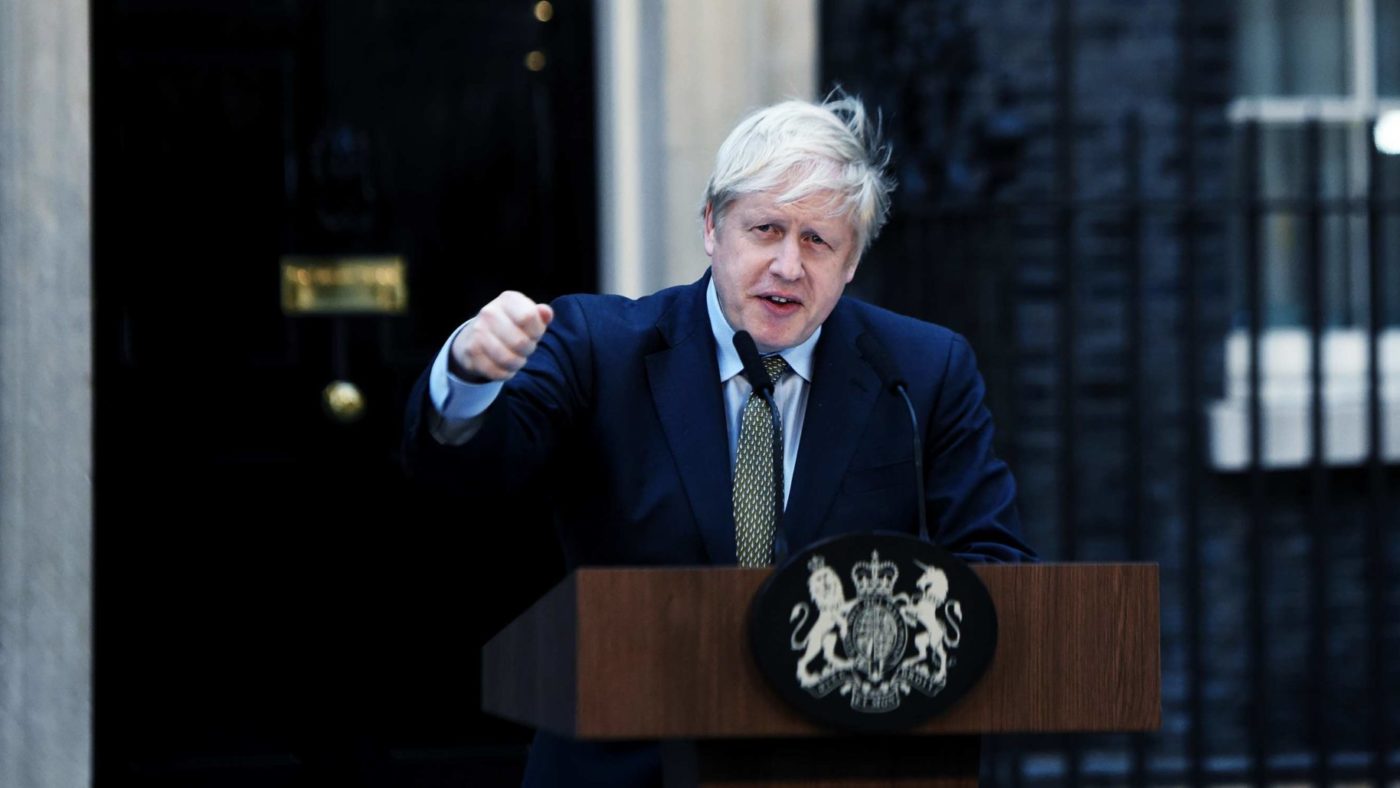Right now the coronavirus crisis is taking over just about everything, becoming the main story across a huge range of subject areas, including turning politics on its head across a lot of the Western world.
In the UK last week, polling from Number Cruncher gave the Conservatives their biggest lead while in government (26 points) since the Falklands war in 1982, and their highest vote share while in government ever (54%).
Boris Johnson’s numbers were stratospheric, with 72% satisfied with his job performance, against 25% dissatisfied. Other pollsters have found similarly strong numbers for both the Prime Minister and his party.
What’s going on? It’s important to separate out the coronavirus crisis from other recent events in the UK. The Tories got a bounce from their election victory in December, as well as, mostly likely, from Brexit, while Labour has still yet to name a successor to Jeremy Corbyn, who remains in place almost four months after being crushed at the ballot box. The Conservatives already had a sizeable lead (15 to 20 points) in February, before the extent of this crisis really hit home.
But there was clearly a further, rapid shift during March. What’s more, the same thing was seen in a number of other countries, with many national leaders seeing their ratings surge, including even Donald Trump, despite the extreme polarisation in the US. An analysis by Morning Consult suggests that the WHO characterising the outbreak as a pandemic on March 11 was the key moment.
So rather than pushing people in any ideological direction, the crisis is benefiting incumbents – an effect known as a “rallying round the flag” – something this column noted as a possibility a couple of weeks ago. The effect is most often seen during wars, and was first suggested in the US context by political scientist John Mueller.
Among the key ingredients highlighted by Mueller are the international nature of the event and centrality of the leader. As Will Jennings points out, there is a debate around what causes a rally round the flag; it could be patriotism born out of the unity against a common enemy; it could be insecurity; or it could simply be the suspension of normal partisan politics.
These events are by definition rare, but there are some previous examples in the UK, the most famous of which is the Falklands War.
In early 1982 the Conservatives were languishing in the low 30s, with some polls putting them in third place behind both Labour and the Liberal-SDP Alliance. When Argentina invaded the Falklands on 2nd April, the rally was gradual at first, but over the next six weeks, the Tories climbed to around 50%.
This was a plateau – there was no further bounce for Margaret Thatcher after victory in June, and the Tories dropped back into the 40s within a few weeks, remaining there for the year until the 1983 election.
Thatcher’s personal ratings followed a similar trajectory, rising from the 30s in the first quarter of 1982 to 59% satisfaction with MORI in June 1982. From July she then dropped back to around 50%, at which level her numbers remained until the general election.
There was also a gain for the Conservatives of, at most, a few points after the start of operation Desert Storm in 1991. This is hard to distinguish from John’s Major’s honeymoon, however, and as new leader his personal ratings are difficult to interpret, as many would not yet have had an opinion.
Likewise, Tony Blair and Labour gained a few points in the spring of 1999 during the Kosovo war. This too is hard to interpret, because both had been polling consistently well beforehand.
Probably the best-known example of all comes from the US after 9/11, when George W Bush’s approval rating immediately soared from the low 50s into the 80s. They gradually returned to their previous level over the next 18 months, with a second bump when the invasion of Iraq began.
There were smaller bounces for George HW Bush during the Gulf war and for Jimmy Carter amid the 1979 Iran hostage crisis.
What can we conclude? In terms of the size of the rally round the flag, there is no consistent pattern – the surge could be very large or quite small. Once the driver of the rally ends, opinion may start to return to normal immediately. But how long it takes to get there is less clear – related to the size of the initial spike.
For now, Boris Johnson is in a strong position – at least when it comes to the polls. Whether that remains the case after the death toll hits is peak and the economy weakens, remains to be seen.
Click here to subscribe to our daily briefing – the best pieces from CapX and across the web.
CapX depends on the generosity of its readers. If you value what we do, please consider making a donation.


